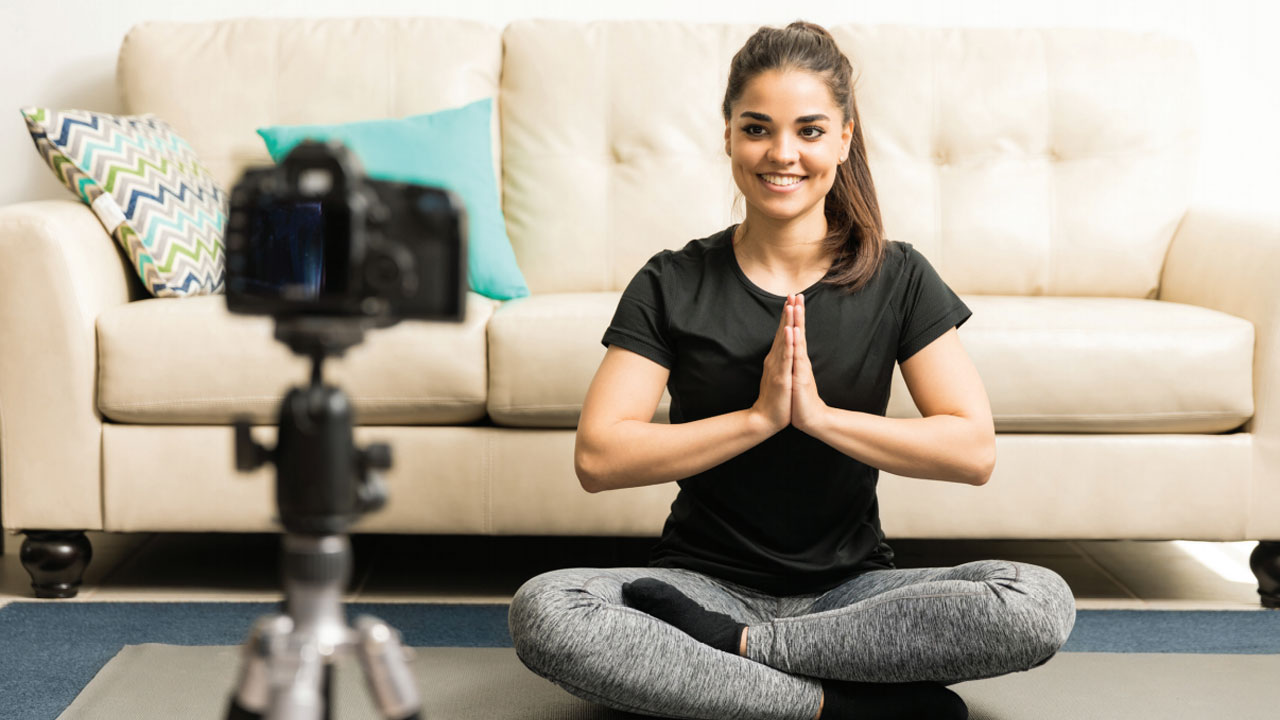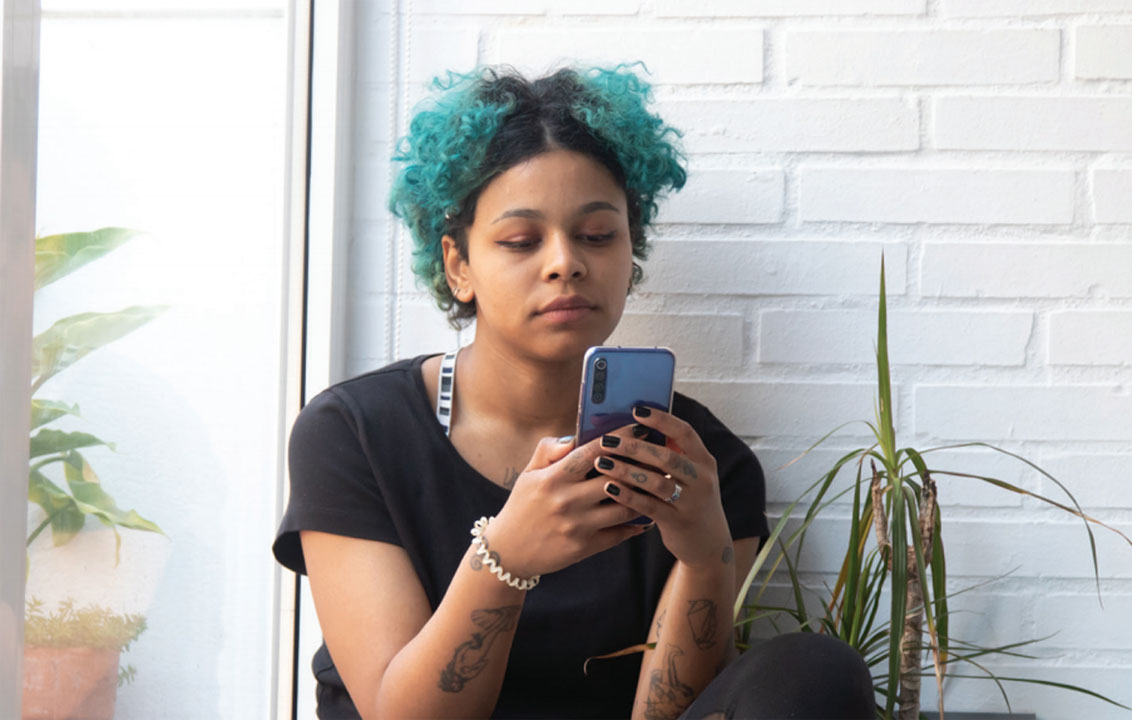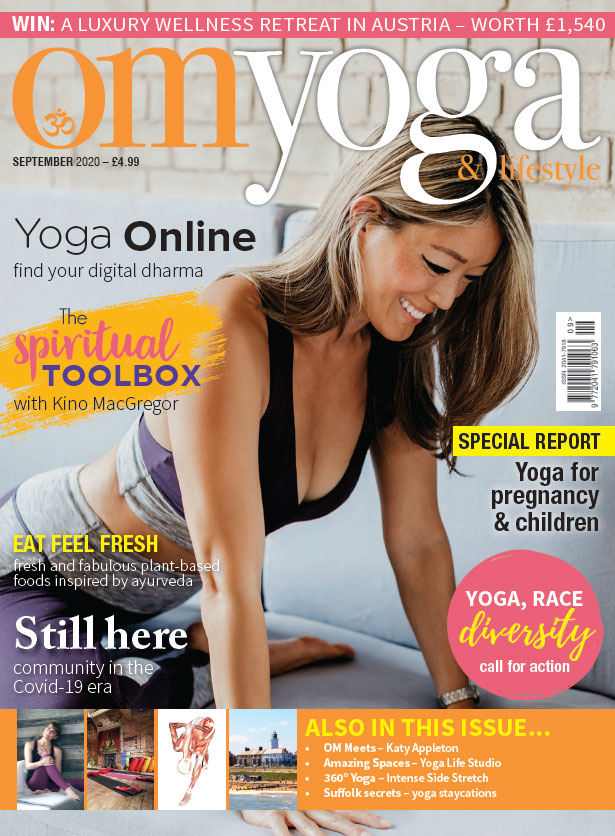
Online yoga teacher training
How do you take a successful face-to-face yoga teacher training course online? Charlotta Martinus explains how it was done with Teen Yoga. By Charlotte Martinus and Dr Nick Kearney
This is a question that has posed a challenge to all kinds of educators since the Covid pandemic began and schools and universities closed. From the perspective of yoga teachers, it is particularly challenging given the importance of ‘presence’ in successful yoga training courses. At the Teen Yoga Foundation our experience in this area actually predates Covid, as increasing international demand for our teacher training course had led us to think hard about how we might do the course online.
The face-to-face course
It was difficult as the Teen Yoga teacher training course has always been intensely practical and deeply interactive, more a workshop than a course. The course has its origins back in in 2003, when I was asked to deliver yoga classes at my local secondary school and found conventional yoga classes as taught to adults did not work. Over time, I developed a successful approach and soon every secondary school in the area was offering yoga. As more teachers were needed, I started to train them.
The course grew and evolved, and increasingly — in addition to the evidence from the different fields that require consideration if teachers are to learn to teach young people effectively — more and more practical elements were incorporated, along with extensive interaction, reflection and participant activity. It became a shared space, where all learned together, where the sense of a group was an integral part of the experience, and the success of the course.
Moving online
As we started to consider taking the course online, it became clear that it would involve much more than simply providing a set of videos, and some PDFs. Though that is a common strategy, it was evident that the success of the course had much to do with the social interactions in the course group, and particularly the way in which I created a safe, supportive space in which people could learn from me, as well as other experts and each other.
Moving online was not simply a question of transferring the activity to the online space; the course required unpacking and redesigning in order to achieve the same effects. In a sense, it required us to return to pedagogical first principles. This required thought about the nature of the teaching presence and the support provided, the OM YOGA SEP ISSUE 109 CC.indd 60 07/08/2020 15:20 61 interaction (or social presence) between the different participants, the importance of reflection as part of the learning, and lastly the participants’ involvement in the different activities proposed during the course (these last two elements relate to their active engagement in the course).
Teacher presence
Many online offerings aim at a ‘self-study’ mode in which contact with a teacher is managed through recorded videos, and perhaps some kind of question and answer process managed through forums. However, this involves a strong risk of disengagement and demotivation. In most face-to-face courses one of the highest cost items is the teaching personnel. Why should it be different online? In the design of the online course we gave emphasis to teacher presence. In each module, there are two live sessions for interactions with the teacher, and to achieve the sense of support and presence each student also has a tutor with whom they meet in a video conference once every module.
Activity and reflection
The course places a strong emphasis on learning as an active process. Much of the time is taken up with activities that engage the learners in group work, and individual reflection, to promote thought around the issues the course raises and to encourage the participants to link the material to their own lives and experience to support consolidation of the new knowledge. In each module, students have a group assignment and an individual assignment and are encouraged to reflect in their journals (shared only with their tutor) and in asynchronous forums that focus on specific key aspects of each module.
Interaction
A key element in the face-to-face course is how people learn from each other and from expressing and contrasting their thoughts. The group work, and the group conferences in each module and the forum discussions promote these processes at a social level, while the individual assignments, journaling and tutorials support one-toone interaction. The overall effect is that the course is experienced as a learning conversation, which is very much the effect of the face-to-face course.
Conclusion
The course has been running for over a year and is now in its sixth edition. Feedback from students is uniformly extremely positive (responses in the exit questionnaire regularly rate the course with 100% satisfaction across the group). The approach seems to work
Charlotta Martinus is the founder of the Teen Yoga Foundation (teenyogafoundation.com)

Special report: Online Yoga - Classes online
Special Report: Online Yoga - 7 ways online yoga beats studio classes
Special Report: Online Yoga - Mirror Mirror - Home Workouts
Special Report: Online Yoga - Teaching Yoga on Zoom




